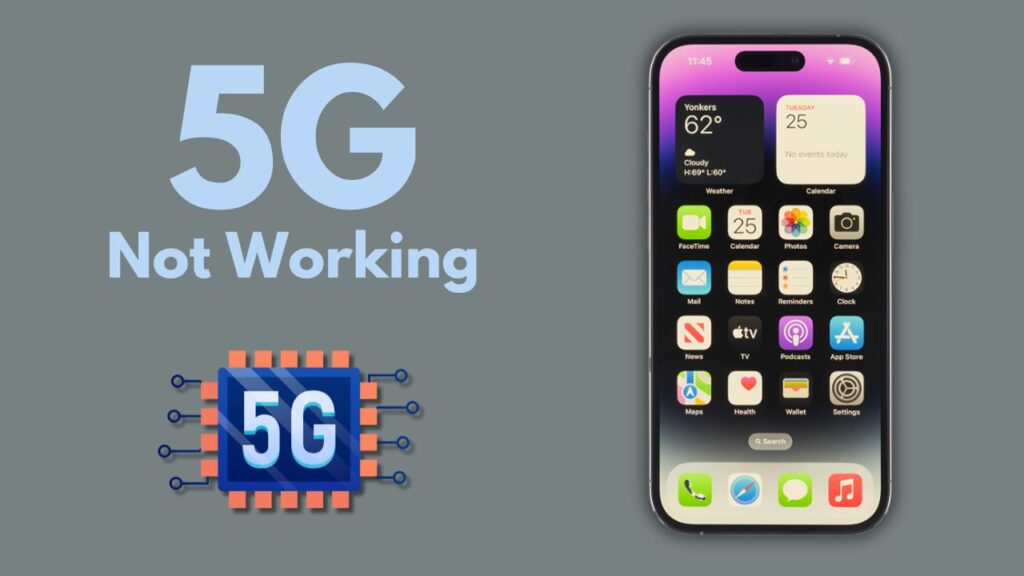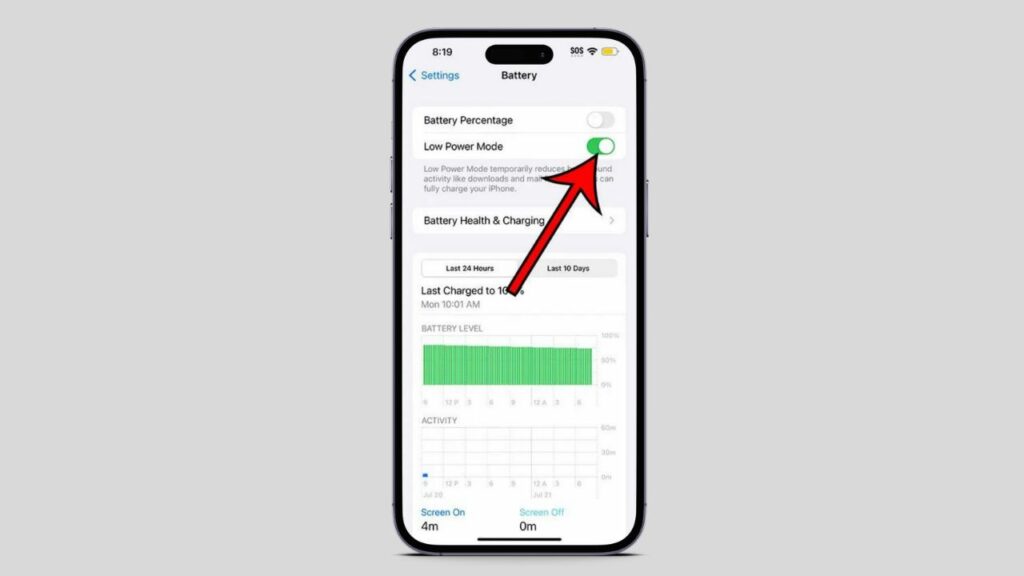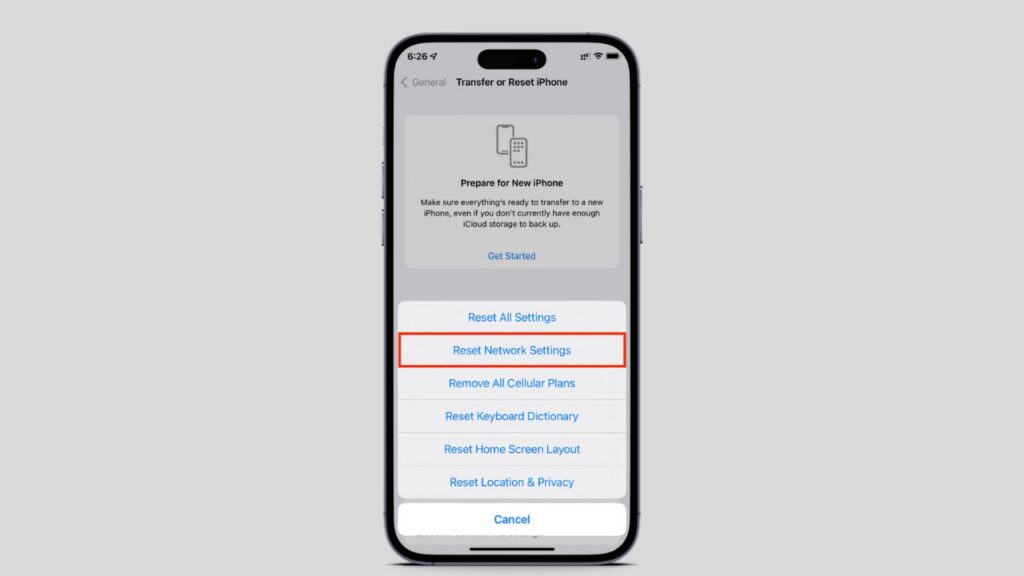5G wireless technology promises lightning-fast network speeds; however, its availability may not always be reliable. If your iPhone cannot connect to 5G networks for some reason, there could be multiple factors at work here that may cause this problem.

There are various solutions available to address this problem quickly and effectively. Some approaches may prove more efficient than others.
1. Turn Off Low Power Mode
If your phone does not display 5G networks, this could indicate hardware problems with it. In such an instance, take it into an Apple Store for assistance or call your carrier’s customer support department for further advice on solving this issue.
Low Power Mode typically kicks in when your battery reaches 20% of its capacity. This feature can help conserve cellular data by restricting background app activity and pausing automatic downloads; however, it may slow web browsing and video streaming speeds.

Verifying that your cellular plan and carrier support 5G networking is also essential. You can do this by reaching out directly to them, visiting their website and looking at your plan information. In addition, make sure your iPhone has received its most up-to-date software update which will improve its functionality while simultaneously enabling 5G connectivity – this method can also help pinpoint issues related to its functionality and connectivity that might arise with 5G networks.
2. Reset Network Settings
If you own an iPhone compatible with 5G connectivity and your carrier supports it, and have an unlimited data plan that includes 5G access, you should be able to take advantage of this new technology. However, if 5G doesn’t seem to be working as it should be it could be due to network issues; force-restarting or rebooting may help resolve it as may turning on or off Airplane Mode or resetting network settings can sometimes solve such issues.
Resetting network settings clears away all custom network configurations, such as saved WiFi networks, Bluetooth pairings, mobile data settings and VPN/APN configurations. It will also remove any chipset updates.

Periodically, carriers provide settings updates to improve network performance and address connectivity issues. You can obtain these updates either through visiting their website or reaching out to their tech support team. Once installed, restart your iPhone to see if 5G is functioning again; alternatively switch Smart Data mode in cellular settings automatically optimize for speed or battery life; this way you’ll use more data when needed without manually switching back down to 4G when necessary.
3. Update Your Carrier Settings
Keep your carrier settings up-to-date to ensure seamless connectivity with your network. This can be accomplished by opening the Settings app, tapping “General,” scrolling down to Carrier and tapping “Update Now”. If any updates are available, a notification will prompt you to make them.
Once your carrier settings are up-to-date, you can start taking advantage of ultrafast network speeds. 5G technology provides lightning fast wireless networking speeds allowing for the quick downloads and streaming of large games and apps at high speeds as well as HD content.

However, if you’re experiencing difficulty with your 5G connection, resetting the network settings might help resolve several iPhone networking issues, including 5G not working in your area. If this doesn’t do the trick for you, contact your cellular carrier for support or visit an Apple Store near you for in-person help.
4. Contact Your Carrier
5G Networks represent an exciting advancement in cellular technology that promises fast speeds and an enhanced experience, but sometimes can create problems that make it unusable or challenging to use. If this is an issue for you, here are a few methods you could try in order to resolve it:
At first, check that your carrier offers support for 5G networks by visiting its website or app or directly contacting your cellular provider to find out.
Another tip for troubleshooting network issues is resetting your network settings, which you can do by opening up the Settings app and tapping General. Once complete, your 5G network should operate normally once more.
If none of these strategies work, it may be wise to reach out to your carrier. They can assist in pinpointing the source of the issue and offer additional help and services as necessary; additionally they may suggest solutions tailored specifically for you and your situation.
5. Try a Different SIM Card
If your iPhone 15, iPhone 15 Plus, or iPhone 15 Pro has poor 5G network connectivity issues, this could be caused by an issue related to its SIM. In such instances, it would be wise to reach out to your carrier either through their website, helpline, or in-store support center in order to find a resolution.
if the issue still persists, switching SIM cards may resolve it and restore 5G service. If it does not relate to your SIM, however, then it could be due to software bugs in the phone itself.
Carriers frequently release carrier settings updates to address issues and improve performance, so it is wise to regularly check for these updates and install any that come your way – installing it could solve the issue and get you back using 5G on your iPhone!
Also Read: